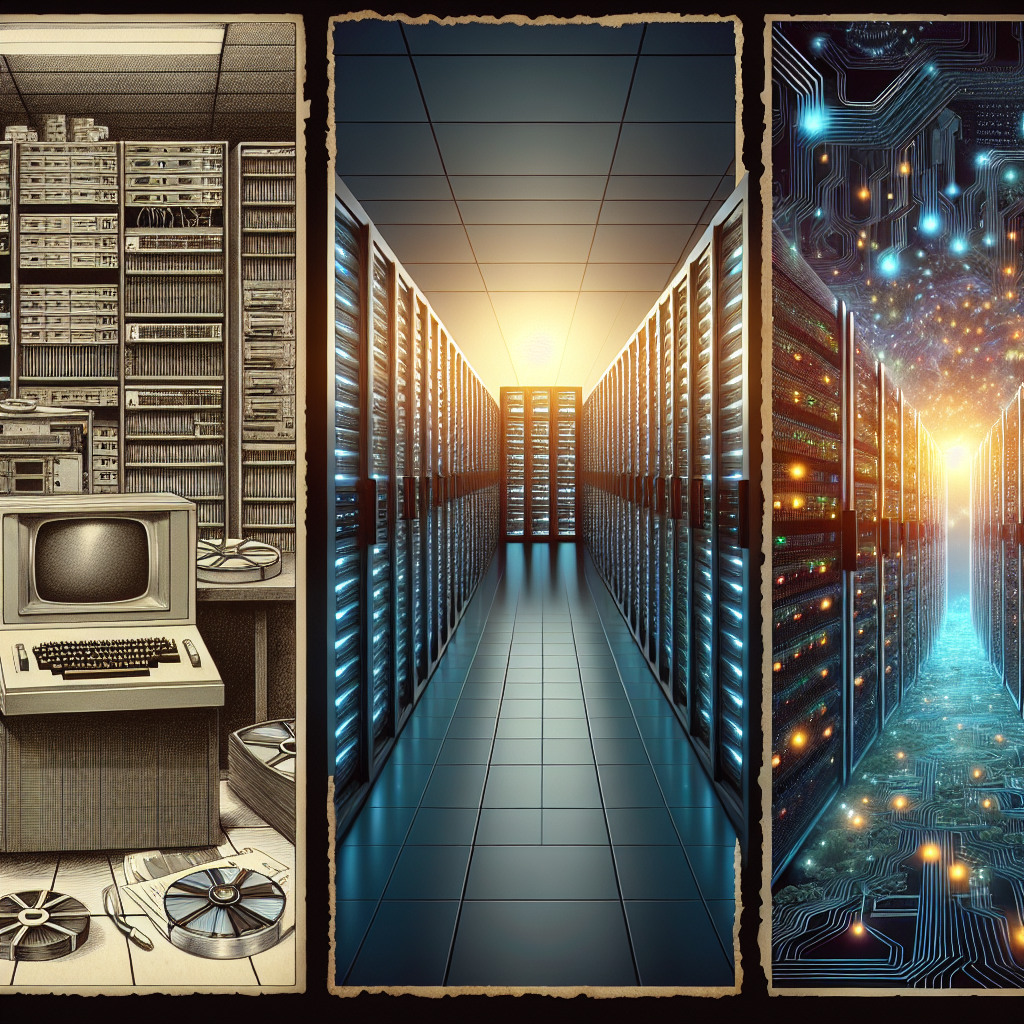The Evolution of Data Center Servers: Past, Present, and Future
Data centers have played an integral role in the digital age, serving as the backbone of the internet and housing the servers that store and process vast amounts of data. Over the years, data center servers have evolved significantly, adapting to the changing technology landscape and increasing demands for speed, reliability, and efficiency. In this article, we will explore the evolution of data center servers from their early days to the present and look ahead to the future of this crucial technology.
Past: The Early Days of Data Center Servers
In the early days of data centers, servers were large, bulky machines that required a significant amount of space and power to operate. These servers were often limited in terms of processing power and storage capacity, making it difficult for data centers to keep up with the growing demands of businesses and consumers.
As technology advanced, data center servers became more powerful and efficient. The introduction of virtualization technology allowed for multiple virtual servers to run on a single physical server, increasing the efficiency and flexibility of data center operations. Additionally, advancements in cooling and power management technologies helped data centers reduce their energy consumption and carbon footprint.
Present: Modern Data Center Servers
Today, data center servers are more powerful and efficient than ever before. The rise of cloud computing has revolutionized the way data centers operate, allowing for on-demand access to computing resources and enabling businesses to scale their operations quickly and easily. Virtualization technology continues to play a crucial role in data center operations, allowing for greater flexibility and resource utilization.
In addition to virtualization, data center servers now also incorporate technologies like artificial intelligence and machine learning to optimize performance and automate routine tasks. The use of solid-state drives (SSDs) has also become more common, providing faster access to data and improving overall server performance.
Future: The Next Generation of Data Center Servers
Looking ahead, the future of data center servers promises even greater advancements in technology and performance. As data centers continue to support the growing demands of businesses and consumers, servers will need to become even more powerful, efficient, and scalable.
One of the key trends shaping the future of data center servers is the adoption of edge computing. Edge computing brings computing resources closer to the end-user, reducing latency and improving performance for applications that require real-time data processing. Data center servers will need to be able to support edge computing workloads while maintaining high levels of reliability and security.
Another important trend in the future of data center servers is the increasing focus on sustainability and energy efficiency. Data centers consume a significant amount of energy, and as the demand for data continues to grow, it is essential that data center servers become more energy-efficient to reduce their environmental impact.
In conclusion, the evolution of data center servers has been marked by significant advancements in technology, efficiency, and performance. From the bulky machines of the past to the powerful and efficient servers of today, data centers have come a long way in meeting the growing demands of the digital age. Looking ahead, the future of data center servers promises even greater advancements in technology and efficiency, ensuring that data centers continue to play a crucial role in supporting the digital infrastructure of the future.


